December 2012 saw completion of Dream Elevator by Randy Walker for the City of St. Louis Park, Minnesota. The structure is a 45-foot tall stainless-steel-and-concrete tower woven with custom-braided polyester rope. The sculpture is inspired by the nearby Peavey-Haglin Grain Elevator of 1899, the first cylindrical concrete grain elevator in the world.
The dedication date of Dream Elevator is as yet undetermined. This year and next, Walker will be at work on at least four public commissions. First, a permanent outdoor work, Sky Portal, for the Anderson Abruzzo International Balloon Museum in Albuquerque, New Mexico, which will be visible from the sky as well as the ground. Second, Entanglement, in Scottsdale, Arizona, where Walker will use an existing bell tower as a framework for a fibrous wrapping.
Third, a temporary, site-specific installation will be built at the two main cargo shipping terminals in San Diego, California that will be part of WRAP: an artistic investigation of the San Diego Tidelands. Finally, Walker will work with his South Minneapolis community to create a large-scale, collaborative installation for which Walker received a Minnesota State Arts Board Artist Initiative Grant.

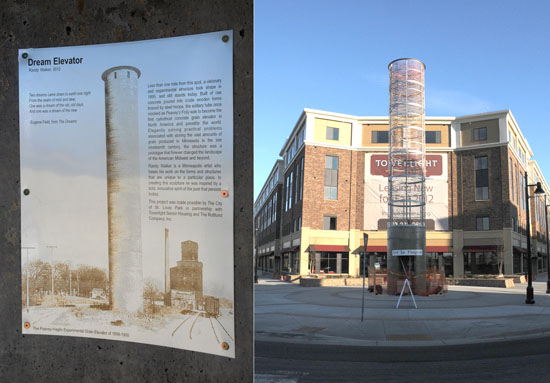


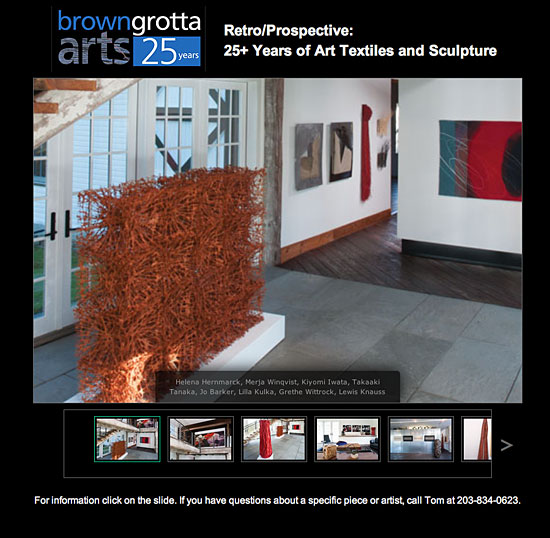
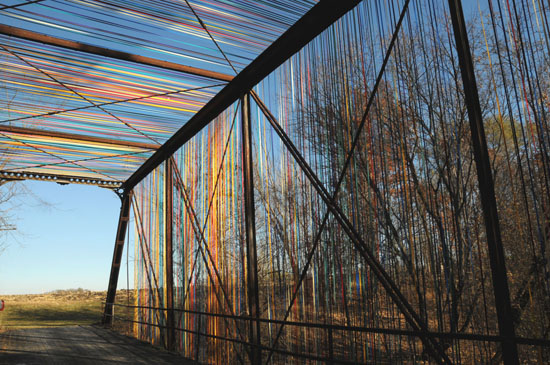
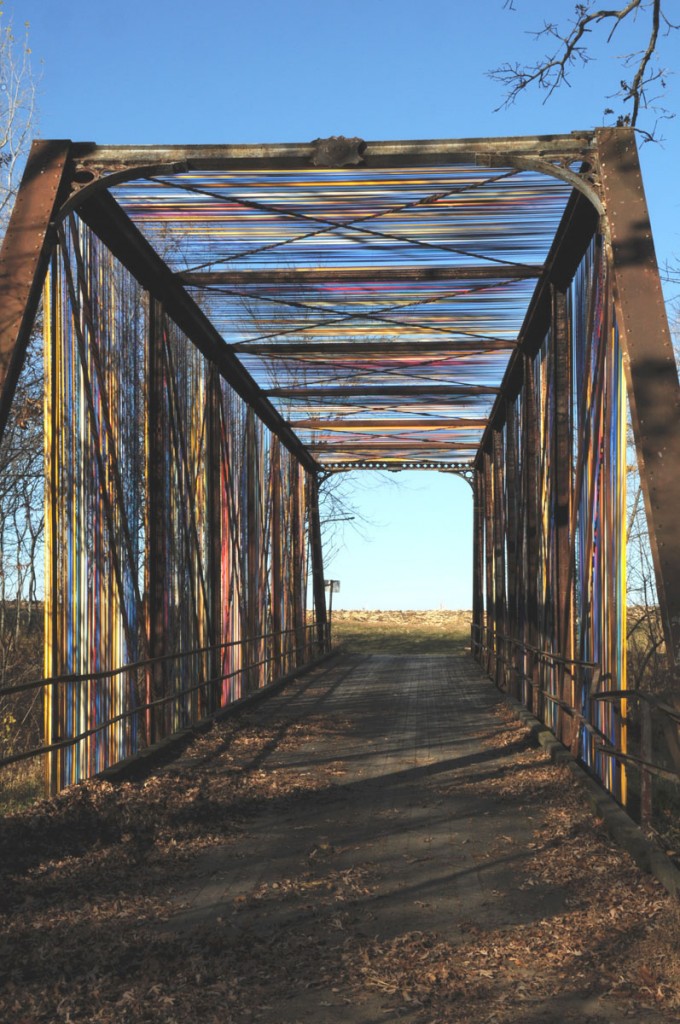


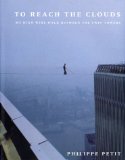
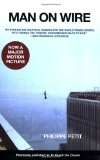 Randy Walker, who works regularly with threads and ropes and cables, writes, “Although it is a story involving only a single length of fiber,
Randy Walker, who works regularly with threads and ropes and cables, writes, “Although it is a story involving only a single length of fiber, 

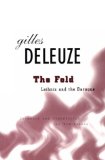









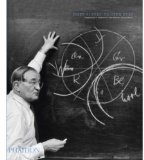

Books Make Great Gifts 2011: Artist Recommendations
This year we asked the artists we represent just one question:
What was the most enjoyed/most inspirational book you read this year?? Here are their wide-ranging replies:
The Absolutely True Diary of a Part-Time Indian by Sherman Alexie, illustrated by Ellen Forney (Little, Brown; National Book Award) . This is a semi-autobiographical novel by award-winning author, poet and film-maker, Sherman Alexie. Alexie has been named one of Granta’s Best Young American Novelists and has been lauded by The Boston Globe as “an important voice in American literature.” He is one of the most well-known and beloved literary writers of his generation, with works such as Reservation Blues and War Dances. He also wrote the screenplay for the film, Smoke Signals, based on a short story from his book, Lone Ranger and Tonto Fistfight in Heaven. In his novel, Alexie tells the heartbreaking, hilarious, and beautifully written story of a young Native American teen, Arnold, as he attempts to break free from the life he was destined to live. Arnold’s drawings illustrate the book.”
Sensual Relations by David Howes (University of Michigan) is Deborah Valoma’s recommendation.